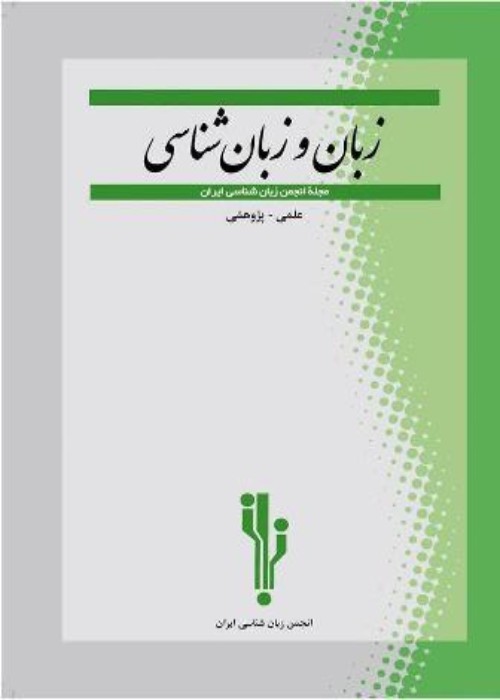Coordination System in Târikh-e Bal’ami
This work, in the opinion of Mauri (2008), Mauri & Ramat (2011), and Mauri & van der Auwera (2012), while maintaining a deep broader perspective, investigates coding of the coordination relations under the labels ‘conjunction’, ‘adversativity’, and ‘disjunction’ in addition to adverbial connectives, which represent the essence of coordination being the conceptual juxtaposition of co-equal structures, namely ‘conditional’, ‘temporal’, ‘causal’, and ‘purposive’ in Târikh-e Bal’ami (11th century BC). Moreover, the present contribution will analyze complementation markers and the less studied coordinating markers, to be specific, conclusives, correlatives and similatives (in line with Haspelmath and Buchholz (1998)). The data revealed that coordination relations in Târikh-e Bal’ami, belonging to 10 centuries before, portray deep similarities with the coordination concepts and markers of Today New Persian. However, the causative coordination markers namely irâ and be suy-e ân ke and adversative markers namely pas and va showed certain differences.
- حق عضویت دریافتی صرف حمایت از نشریات عضو و نگهداری، تکمیل و توسعه مگیران میشود.
- پرداخت حق اشتراک و دانلود مقالات اجازه بازنشر آن در سایر رسانههای چاپی و دیجیتال را به کاربر نمیدهد.



